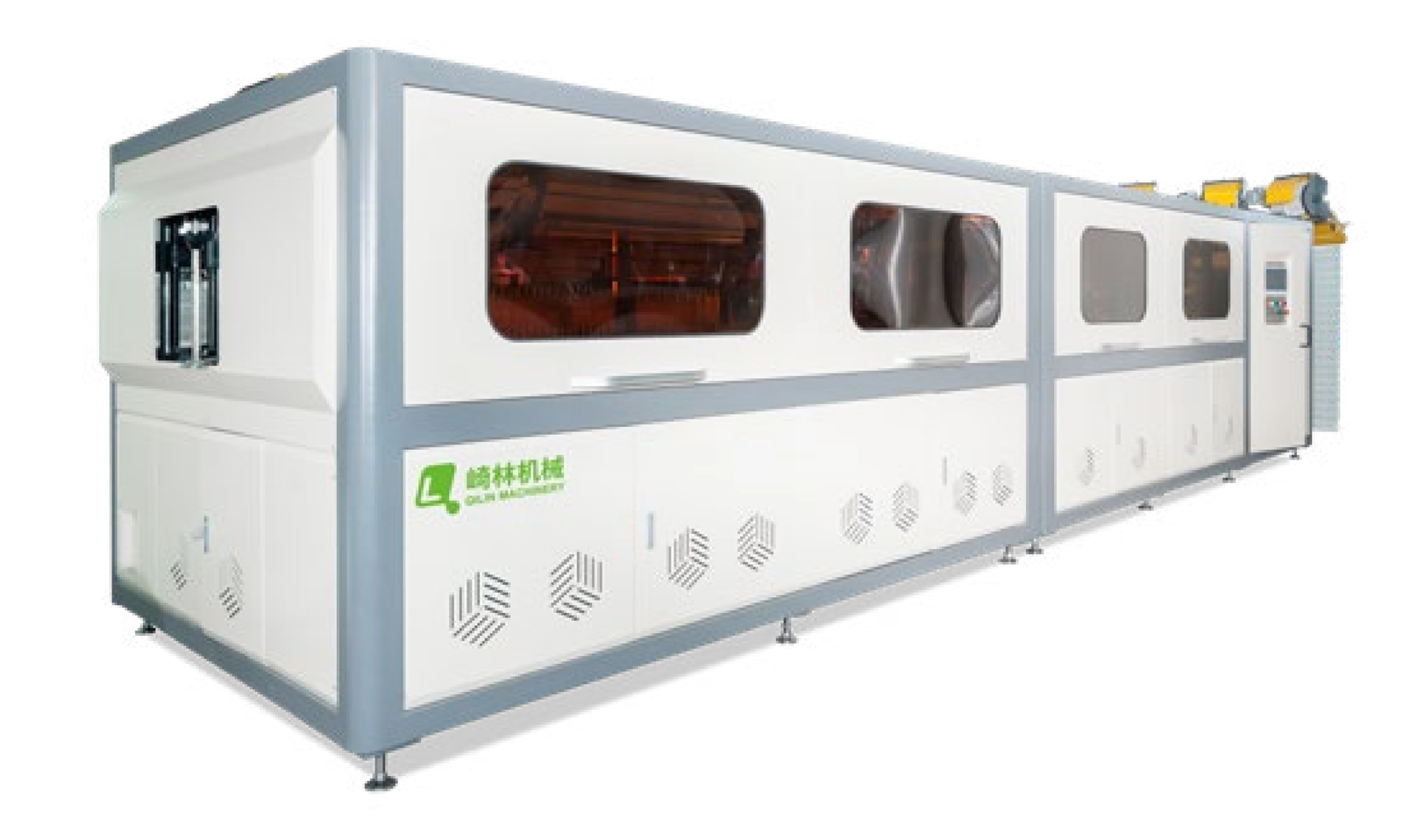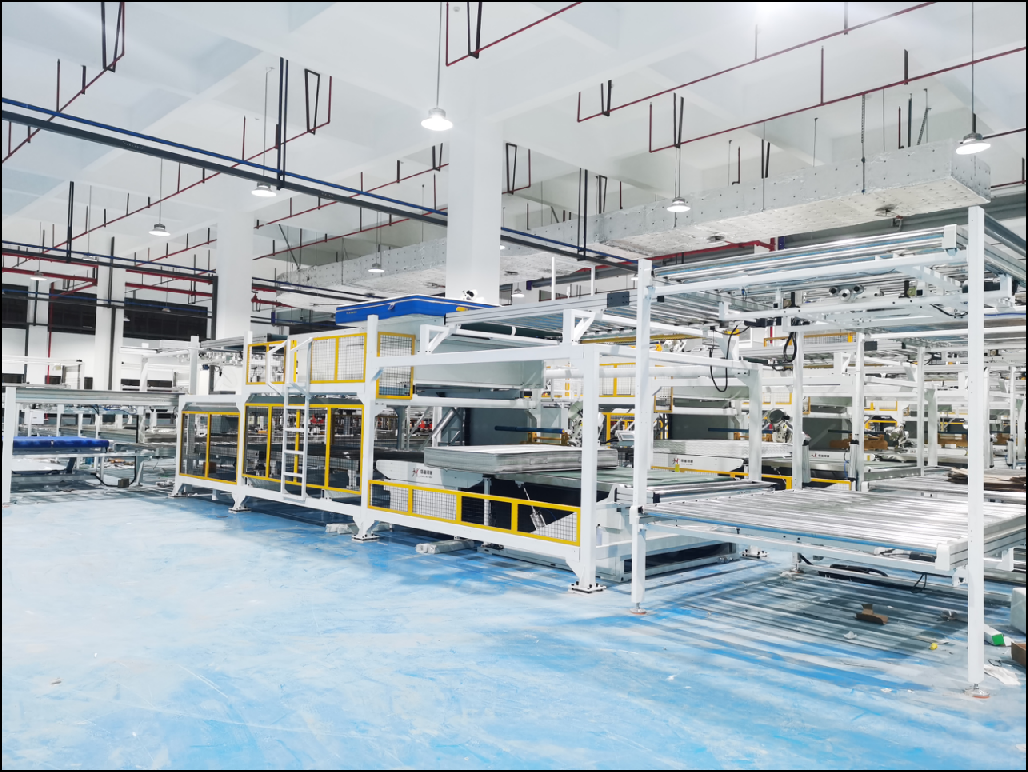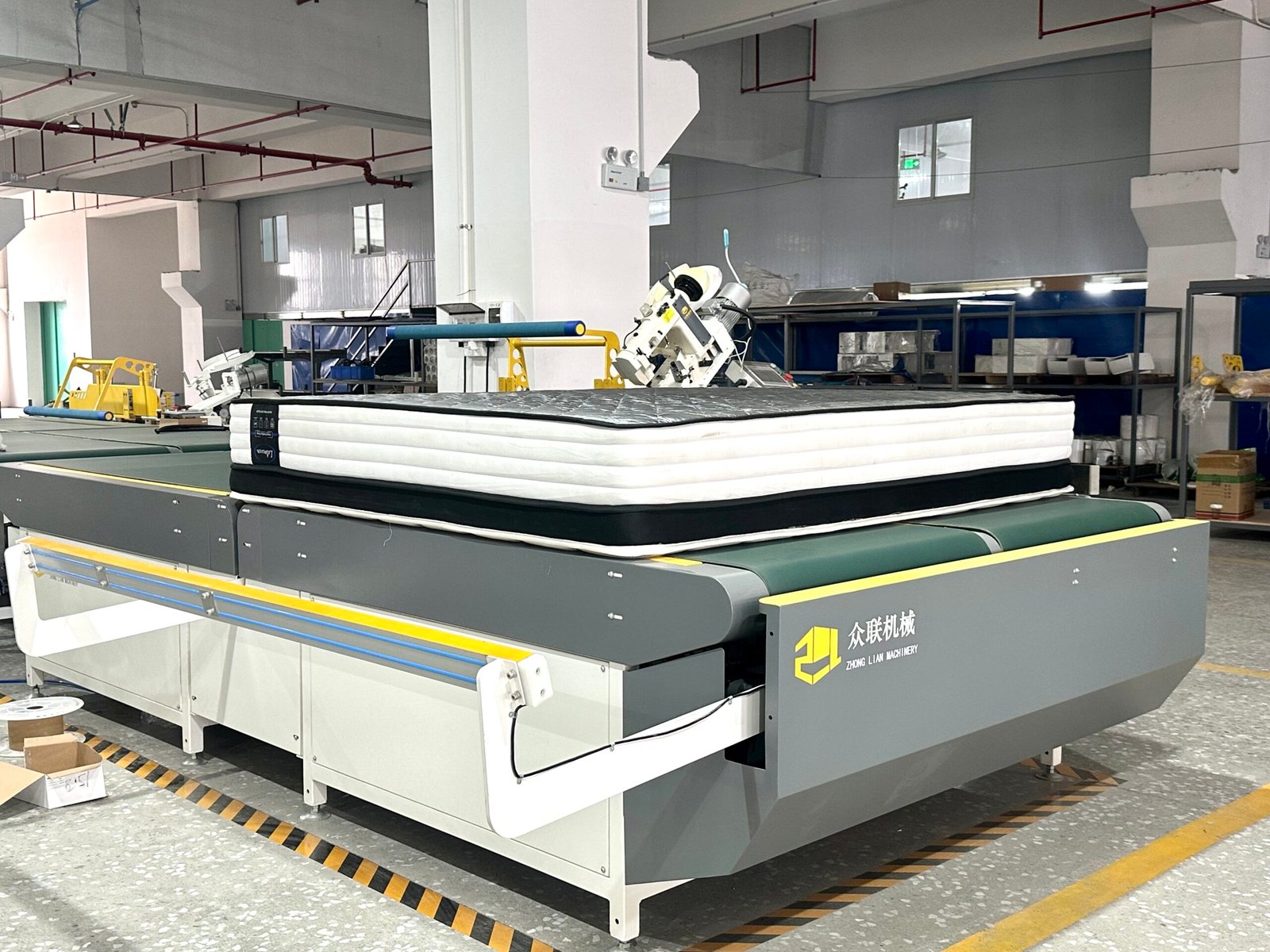
Mattress manufacturers are under pressure to produce more, faster, and better—while keeping costs low.
To maximize productivity, mattress factories must streamline production, upgrade machinery, train staff well, and adopt lean, data-driven systems.
Whether you’re a startup or a mature factory, boosting productivity isn’t optional—it’s survival. Let’s look at what matters most.
How can we streamline our mattress production processes?

Improving productivity starts with eliminating inefficiencies—unnecessary steps, wasted movements, or downtime.
We can optimize production flow by using lean manufacturing methods such as 5S, value stream mapping, and Kaizen to reduce waste and improve speed.
Once I audited our factory’s layout, I realized 15% of our time was wasted walking between workstations. A simple floor plan redesign cut that in half.
Key Lean Principles in Practice
| Principle | What it Solves | Example |
|---|---|---|
| 5S | Clutter, disorganization | Tools labeled, stations standardized |
| Kaizen | Inefficiencies over time | Weekly feedback loops with operators |
| Value Stream Mapping | Identifying delays | Real-time tracking of spring bagging to gluing |
Implementing lean means better flow, faster output, and fewer mistakes. We now finish mattress units 25% faster just by organizing tool access and removing non-value steps.
What advanced machinery boosts production the most?

Manual labor can’t keep up with modern volume needs—and consistency suffers.
Upgrading to high-speed, automated machines (like our automatic compression and roll-packing lines) dramatically increases output while reducing defects.
Our DF-X16 production line, for example, combines film wrapping, compression, sealing, folding, and roll-packing in one smart setup.
Machinery Comparison Table
| Machine Model | Function | Speed | Automation |
|---|---|---|---|
| DF-X02 | Compression + Roll-Pack | 30s/pcs | Auto |
| DF-J01 | Foam Mattress Roll Pack | 12s/pcs | Auto |
| DF-Y06+J03 | Semi-Auto Press + Pack | 45s/pcs | Semi-Auto |
| DF-X16 | All-in-one Line | 30s/pcs | Full Auto |
With servo motors, smart detection (like misaligned springs), and preset switching, our bagging and gluing machines now change formats in under 10 minutes.
How can quality control prevent rework and returns?
Faulty mattresses = returned goods, unhappy clients, and lost credibility.
By using Statistical Process Control (SPC) and in-line inspections, we catch defects before they cause problems.
We log spring alignment, glue pressure, and sealing temperature every hour. Every batch goes through a pressure and tension test before packaging.
Common Quality Metrics We Monitor
- Stitch uniformity: checked by camera sensors
- Spring alignment deviation: max 2mm tolerance
- Glue bond strength: must pass 5kg pull test
By making QC a core process—not an afterthought—we’ve reduced product complaints by over 40% year-on-year.
Why does skilled training matter in automated production?
Even the best machines fail in untrained hands.
Ongoing training ensures operators know how to calibrate, maintain, and troubleshoot fast—and safely.
We offer monthly on-site drills, plus video tutorials for each machine. New hires shadow senior staff for 7 days before full operation.
Cross-Training Matrix Example
| Role | Bagging | Gluing | Cutting | Compression |
|---|---|---|---|---|
| Operator A | ✅ | ✅ | ❌ | ✅ |
| Operator B | ❌ | ✅ | ✅ | ❌ |
This flexibility helps us rotate staff during peaks or absences. It also reduces downtime and avoids single-point failure.
What supply chain strategies reduce interruptions?
Delayed materials = halted production. Overstocked materials = wasted cash.
We work with multiple local suppliers, use just-in-time ordering, and forecast demand with monthly production data.
We use shared Google Sheets with our fabric and non-woven suppliers. Every Friday, we auto-recalculate next week’s requirements.
Key Supply Chain Tactics
- Dual sourcing for critical materials (springs, glue)
- Local inventory buffer of 2 days’ worth for each SKU
- Weekly planning meetings with logistics team
Smart planning ensures our lines stay running—without overloading the warehouse.
How does data help us make better production decisions?
Gut feeling is no match for hard numbers.
We track KPIs like cycle time, defect rates, downtime, and yield to guide improvements.
Each machine in our factory sends data to a central dashboard. When we see a drop in glue application speed, we investigate before it affects output.
Our Core Metrics
| KPI | Target | Actual |
|---|---|---|
| Avg. Production Time | 35s/unit | 33.5s |
| Defect Rate | <1.5% | 0.9% |
| Unplanned Downtime | <2 hrs/month | 1.3 hrs |
Analytics give us real-time insight, long-term trends, and clarity during daily stand-ups.
Can we be green and productive at the same time?
Customers today care where and how products are made.
We use recyclable packaging, energy-efficient motors, and optimize waste handling to cut our footprint without slowing output.
Our newer machines (like DF-X17) use 30% less power per unit, thanks to updated hydraulics and better thermal insulation.
Eco Practices We’ve Adopted
- Use PE film with 30% recycled content
- Power off idle machines automatically
- Weekly sorting of scrap for recycling
Doing the right thing now saves money—and builds trust with clients.
How does innovative design improve productivity?
Complex mattress specs mean more setup time—unless your machines can adapt.
We develop spring modules and gluing formats with design in mind—fewer types, more interchangeability, faster runs.
For instance, we redesigned our spring coils to use a uniform diameter across SKUs. This alone cut setup time by 60%.
Design Productivity Tips
- Standardize spring size where possible
- Use smart gluing templates (less mess, faster dry)
- Design packaging for roll-friendliness
Better design means smoother production and easier scaling.
Can customer feedback shape how we work?
Clients know what they want. The trick is listening early.
We collect structured feedback after every order, log concerns into a CRM, and meet monthly to resolve them.
In one case, we added corner reinforcements to all boxed mattresses after two clients flagged damage issues. Returns dropped by 80%.
Sample Feedback Flow
- Sales team logs client comment (e.g. “zipper misaligned”)
- Weekly QC meeting reviews pattern
- SOP updated and operators trained
Real feedback leads to real improvements—and happier repeat customers.
What role does marketing and sales play in productivity?
You can make 10,000 mattresses a day—but if no one buys, it doesn’t matter.
We align our sales pipeline with factory capacity, and only promote what we’re ready to deliver fast and well.
Our Google Ads target “high-speed pocket spring machine” in Southeast Asia. Leads go straight into a CRM and get a call within 24 hours.
Sales-Marketing Sync
| Tool | Function |
|---|---|
| CRM (Zoho) | Track inquiries, quote follow-up |
| WhatsApp Business | Real-time factory videos |
| Google Analytics | Landing page A/B testing |
| Email automation | Monthly machine updates |
Matching sales with what our machines do best = smoother scaling, happier clients, no production stress.
Conclusion
From smarter machines to leaner systems, every improvement stacks up. More speed, less waste, better sleep—for all.
Get in touch with us for tailored solutions! We look forward to collaborating with you and shaping a brighter future together!
📞 | WhatsApp:+86 15220512074
📧E-mail:zhongliantec@gmail.com
Web | Link:mattressmachineryzl.com
